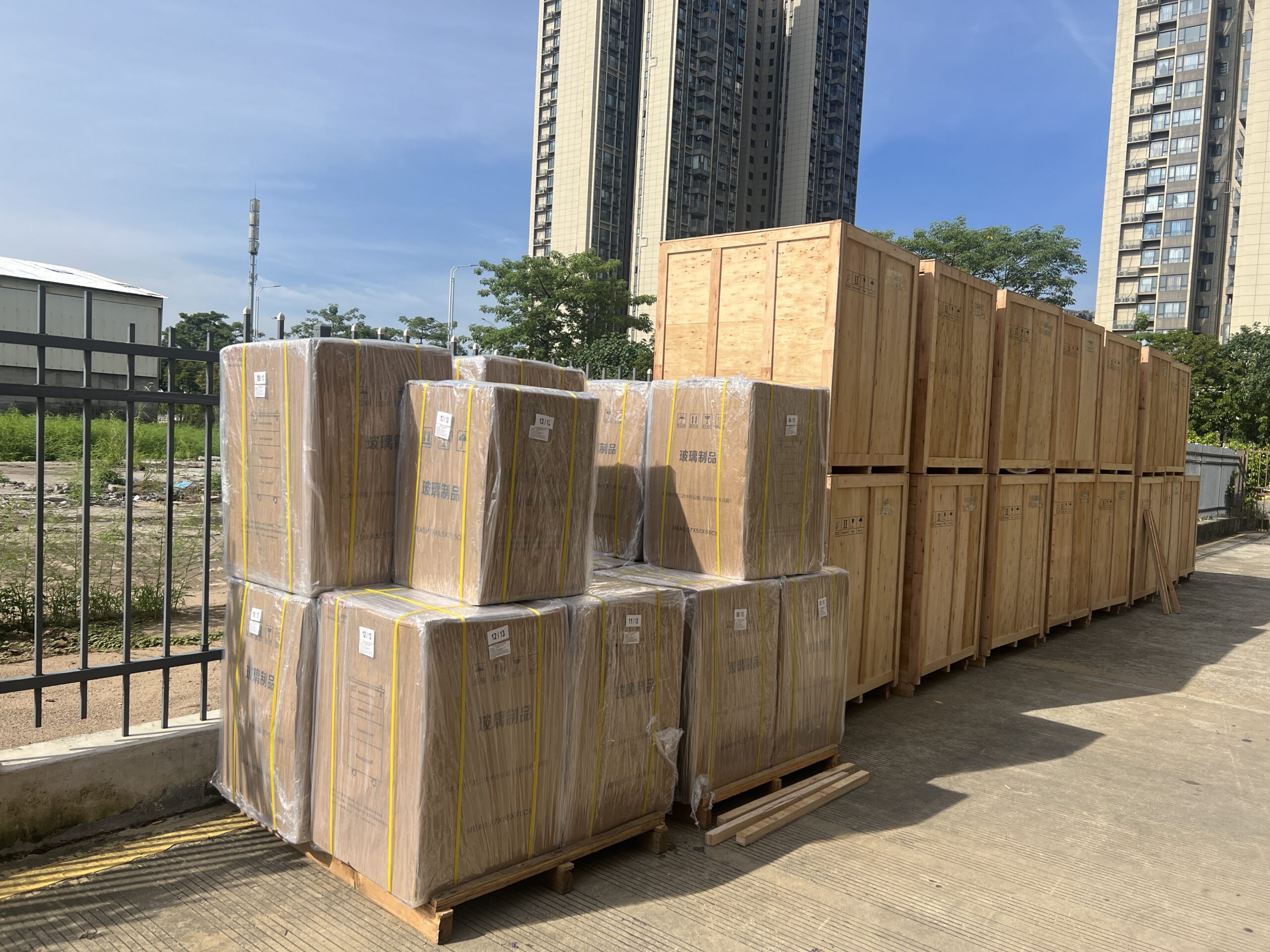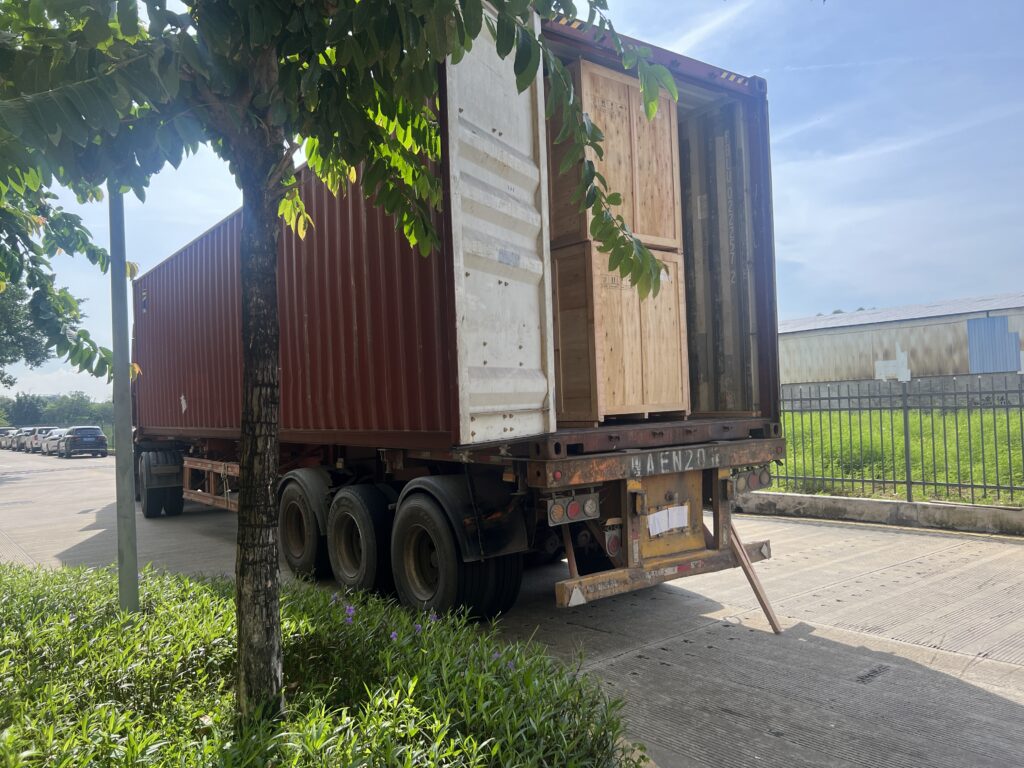Ask For A Quick Quote
We will contact you within 1 working day, please pay attention to the email with the suffix “@fsdym.com”.
We will contact you within 1 working day, please pay attention to the email with the suffix “@fsdym.com”.

DYM’s professional dental chair, which is comfortable for long use, shares with you: How can China’s dental equipment be exported? According to data reports, in the first half of 2025, China’s medical device exports reached 2.41 billion US dollars, a year-on-year increase of 5%. So, as Chinese dental equipment manufacturers, how will we export our dental equipment to countries around the world?
To export dental equipment, first clarify the target countries for product export, product tier positioning, and alignment with resources in the dental market.

1. Classify dental equipment by type and tier:
If focusing on high-end dental equipment (such as oral implant robots, digital orthodontic systems, CBCT, etc.), target dental markets with high medical investment and strong consumer purchasing power. If offering mid-to-low-end basic equipment (such as simple dental treatment chairs, ordinary dental instruments (high-speed/low-speed handpieces, LED curing lights, oral endoscopes, shade guides, endodontic motors, whitening machines, sterilizers, diamond burs, suction devices, air compressors, wastewater treatment machines)), focus on dental markets in developing countries.
2. To export dental equipment, organize technical advantages and document compliance of your dental equipment:
Clearly identify if the product has patent technology or unique functions (such as low-radiation oral CT), and confirm obtained certifications (such as ISO 13485, CE, FDA). Prioritize dental markets with certification mutual recognition or entry barriers that match your compliance capabilities.

3. To export dental equipment, conduct enterprise resource assessment:
Funds and production capacity: Enterprises with sufficient funds and large production capacity can develop multiple markets or enter competitive mature markets; small and medium-sized enterprises are advised to focus on niche markets or emerging markets to reduce initial investment risks.
Channels and service capabilities: If overseas agent resources are available, prioritize entering markets covered by these agents; if a strong technical service team is available, choose markets with high after-sales requirements (such as Europe and America) to compete through differentiated services.
Dental equipment export should conduct multi-dimensional dental market analysis:
1. Basic demand data: Obtain data on the target market’s dental healthcare market size, growth rate, per capita dental healthcare expenditure, etc., through the World Health Organization (WHO), local health department reports, or industry research institutions. For example, regions such as Southeast Asia and Africa have low dental healthcare penetration rates, with rapid growth in demand for basic dental treatment equipment; the European and American markets have strong demand for high-end digital dental equipment.
Matching demand for Subdivision dental equipment: Analyze demand in Subdivision scenarios based on product types, such as focusing on markets with high youth population proportions for orthodontic dental equipment; prioritizing markets with high aging degrees for implant dental equipment; and focusing on young beauty-conscious individuals for orthodontic and whitening equipment.

Three: Organize and back up contracts and documents for dental equipment export.
The signed dental equipment contract includes agreements on product name, price, quantity, quality standards, delivery period, payment method, delivery method, etc., clearly defining the rights and obligations of both parties.
Export documents include packing lists, invoices, contracts, customs declaration materials, application customs materials, various certificates of dental equipment, inspection reports, quality reports, and related materials.
Dental equipment export can take advantage of tax preferences or reductions under China’s current “Belt and Road” policy for countries along the route, such as African and Southeast Asian countries. In summary, exporting dental equipment is not a simple task; it requires preparing the corresponding documents and dental equipment according to the requirements of various departments.